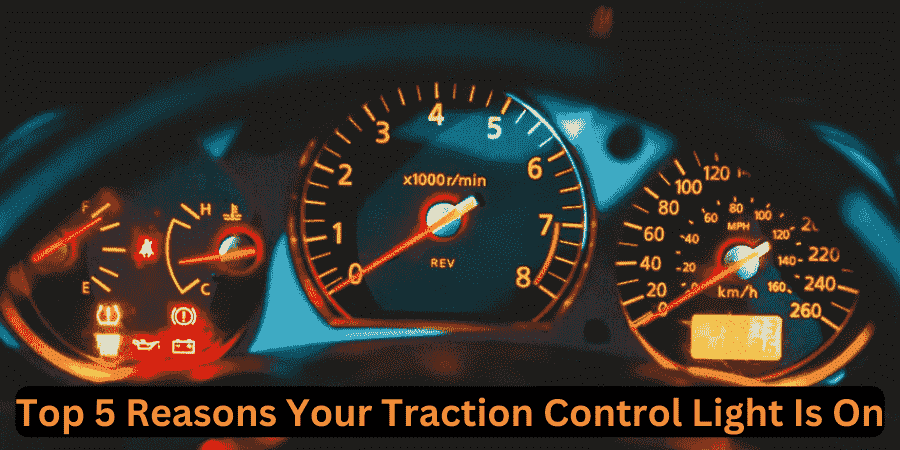This is usually the feeling one gets when driving, and after noticing the traction control light glowing on your dashboard, it may be somewhat scary. What does it mean? Is your car at risk? A traction control system, simply known as TCS, is one of the most important features in most of the new generation of automobiles. Knowing why this light comes on will not only allow you to avoid some danger but also to avoid possible expensive repairs.
What is Traction Control?
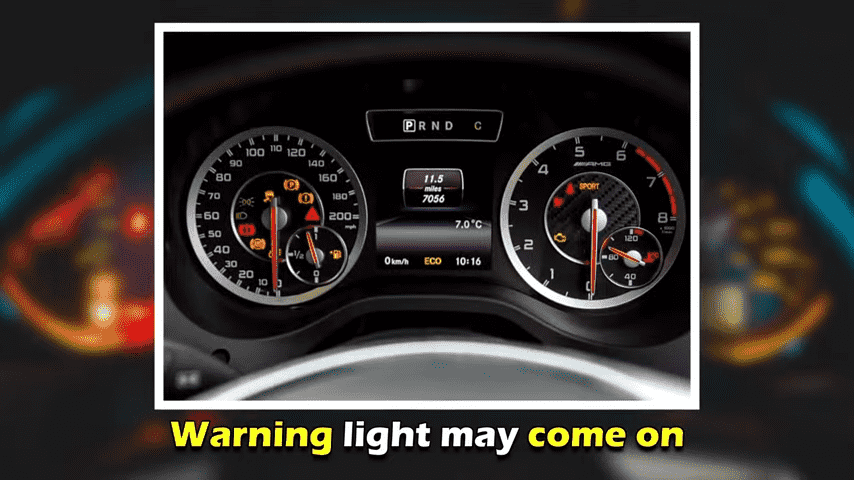
Definition and Function
Traction control is a system that assists in avoiding wheel spin at a time of acceleration by limiting the power sent to the wheels. This is essential, especially during rainy and snowy moments, so the car does not slip off track and lose its traction.
How It Works in Your Vehicle
The overall system function based on this kind of technology is helpful in tracking the speed of each of the wheels by the use of sensors. Whenever it feels one wheel spinning more than the others, it typically applies the brakes to that wheel or cuts the throttle to prevent the car from spinning. This smooth integration assists in maintaining stability and control of the car, especially when placed in a most unfavorable environment.
Why Is the Traction Control Light Important?
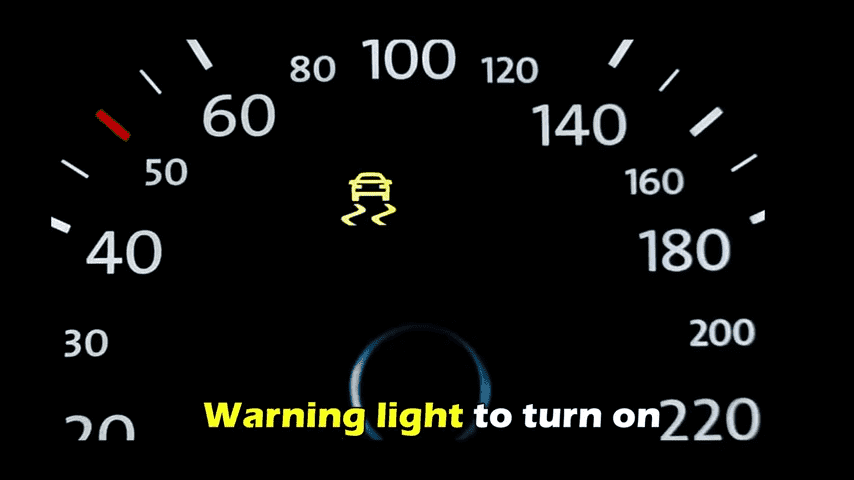
Safety Implications
The traction control function is also provided as a warning system. When it turns on, this indicates either the TCS has switched on, or there is a fault with the SVU system. Failure to do so means that the car would easily go around with less stability and hence contact other cars in rainy or foggy weather.
Indications of Potential Issues
It is if the light remains ‘on,’ which usually points to certain problems in the traction control system or other related components. Early intervention to these issues will help avoid worsening and guarantee you have a safe car to drive.
Top 5 Reasons Your Traction Control Light Is On
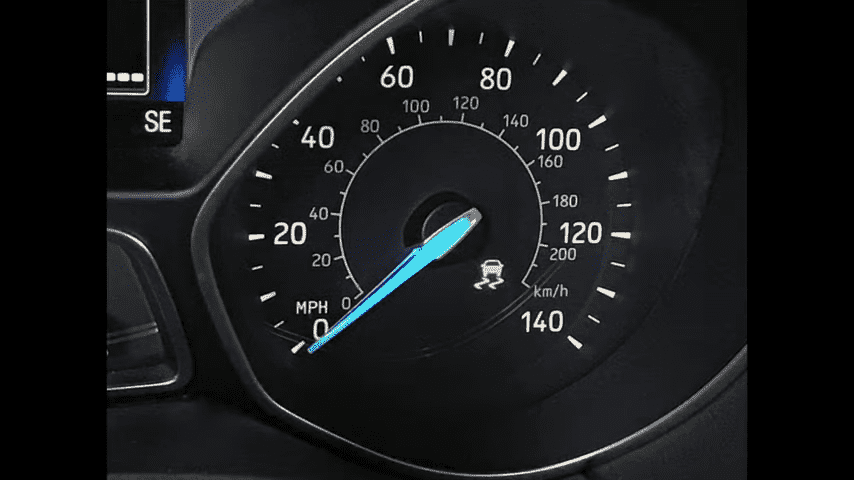
1. Faulty Wheel Speed Sensors
Role of Wheel Speed Sensors
Traction control uses wheel speed sensors, whereby the important wheel speed sensor is the one the system depends on. They continuously measure the rotational speed of each wheel and send these data to the vehicle’s control system.
Common Issues and Symptoms
Should a sensor go bad or cor rotate, it will provide the vehicle management system with erroneous data, making the traction control light turn on. Some of the signs indicative of the faulty sensors are misleading speedometer readings and turning on the TCS in a haphazard manner.
2. Problems with the ABS System

Relationship between Abs and Traction Control
ABS and TCS sometimes contain similar parts, and the sensors are short for anti-lock brake and traction control systems. Traction control light may illuminate when there is a failure in the ABS.
ABS-Related Problems
Some of the problems that can be common to both include the continued use of a faulty ABS module, damaged wiring, or a damaged ABS pump. If your check engine light is also on, then there is no doubt that the two systems are related to the problem.
3. Steering Angle Sensor Problems
The function of the Steering Angle Sensor
The steering angle sensor detects the present position of the steering wheel and the rate at which it is being turned. This, in one way, allows the TCS to know the intended course.
How It Affects Traction Control
Damage to the steering angle sensor can cause it to feed wrong information to the traction control system, hence the light’s illumination. The loud will require a fair amount of adjustment, which with larger wheels may adversely impact the car’s handling and balance.
4. Wiring and Electrical Problems
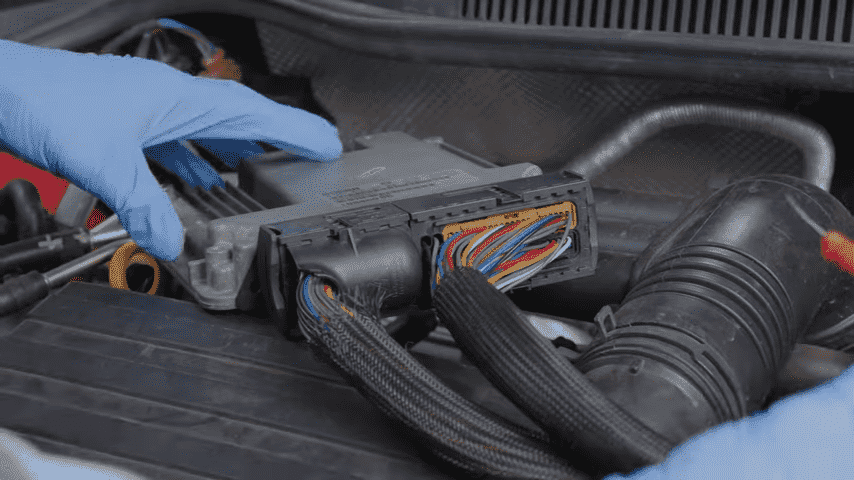
Importance of Electrical Components
The TCS depends on a network like the electrical one to work properly. The function of this network can be disrupted easily, leading to the failure of the given system.
Common Electrical Issues Affecting Traction Control
Issues like corroded connectors, damaged wiring, or bad fuses might interfere with the communication between the sensors and the car’s computer. These problems can be avoided through periodical examinations of the electrical system of the home.
5. Low Tire Pressure
Impact of Tire Pressure on Traction Control
Tire pressure has a direct effect on the performance and grip level of your car. It causes uneven tire wear and decreased traction; thus, the TCS is triggered due to low pressure on the tires.
Signs and Solutions
Should the traction control light turn on, and you are the driver, it is advisable to check the air pressure of your tires. Holding tires to the right pressure not only helps in achieving a better grip on the road but augments fuel economy and increases the tire’s lifespan.
How to Diagnose the Traction Control Light Issues
Using Diagnostic Tools
All present-day cars have Onboard Diagnostic (OBD) systems. You could point your finger at the problem by getting an error code from the car’s computer by using an OBD-II scanner.
Professional Mechanic vs. DIY
Thus, some issues can be solved at home while others can only be detected but fixed by a professional. If the mode is not clear, it is advisable to seek the help of a mechanic so that there will be no additional damage.
Preventing Traction Control Light Issues
Regular Maintenance Tips
Regular vehicle service can help avoid the problems associated with traction control. This comprises wheel speed sensors/checking, the check on ABS, and the checking of tire pressure.
Importance of Timely Repairs
Responding to minor problems before they become major problems reduces the chances of having to spend a lot of money in the future. Any warning lights should be observed, and if seen, one should ensure to take their vehicle for service as soon as possible.
Final Words
The traction control system is yet another safety technology that is installed in new vehicles to help avoid accidents. Knowing the causes of this traction control light and how to resolve it is crucial to ensure that the vehicle has no problems when it comes to traction control. Thus, it can be said that proper care of the car and timely response to any sign implying the necessity of the service will help to prolong the service life of the traction control system of any car.
FAQs
Can I drive with the traction control light on?
It’s possible to drive with the traction control light on, but it’s not advisable. The light indicates a potential issue that could affect your vehicle’s stability, especially in poor weather conditions.
How much does it cost to fix traction control issues?
The cost varies depending on the problem and your vehicle’s make and model. Simple fixes like sensor replacements might cost a few hundred dollars, while more complex issues can run into the thousands.
Does the traction control light affect vehicle performance?
Yes, if the traction control system is not functioning correctly, it can affect your vehicle’s handling and stability, making it less safe to drive, particularly on slippery roads.
Can weather conditions trigger the traction control light?
Yes, driving in slippery conditions like rain or snow can activate the traction control system and illuminate the light. However, if the light stays on, it might indicate a malfunction.
What other dashboard lights should I be aware of?
Other important dashboard lights include the ABS light, check engine light, oil pressure light, and battery warning light. Attention to these can help you maintain your vehicle’s health and safety.
